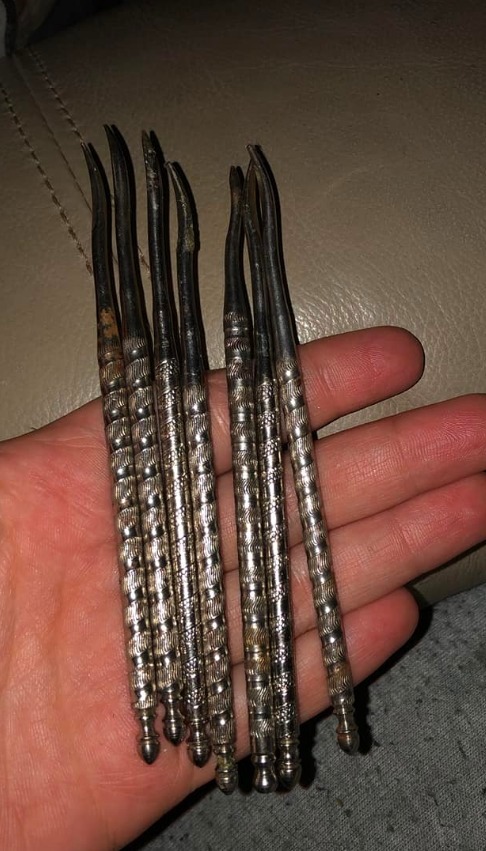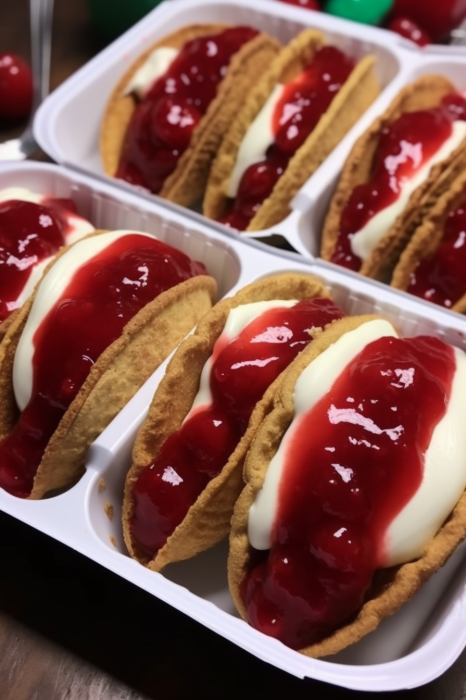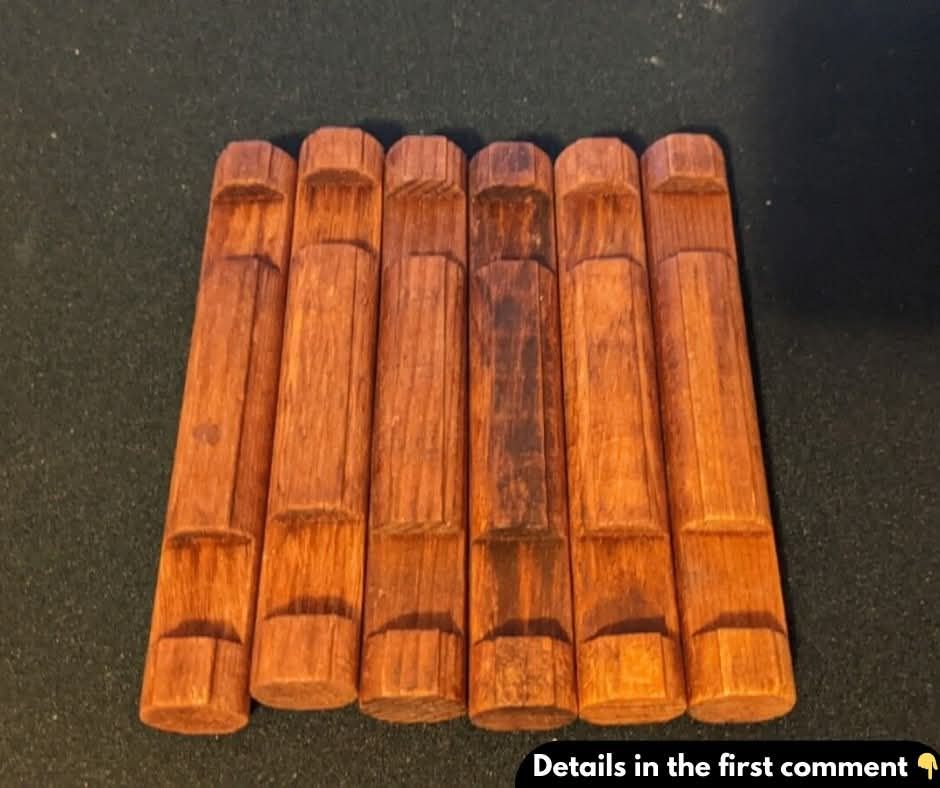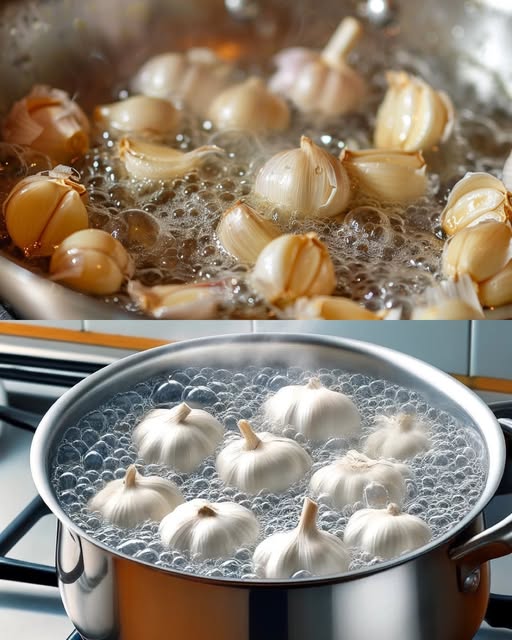Sometimes, objects we inherit from loved ones are shrouded in mystery, and their purpose isn’t immediately clear. This is exactly what happened when my friend recently inherited some items from his grandparents after they passed away. Among the things he grabbed were a series of small, strange tools that had been stored away for years. He had no idea what they were, but he couldn’t bring himself to throw them away either. They were part of a collection of vintage kitchen items that seemed out of place, especially in a modern home. It was only after some digging and research that we uncovered the mystery of these curious objects—and it turned out that they were old nut picks, dating back to the mid-20th century.
The set of tools we found was a set of mid-century nut crackers, possibly from the 1940s or 1950s. These nut picks were sharp, slender tools that served a very specific purpose: to help extract the edible portion from inside the hard shells of various nuts. While today, many of us might not need a specialized tool for such a task, back in the day, nut picks were an essential kitchen tool for many households.
The Purpose of Nut Picks
Nut picks, like the ones my friend inherited, were designed specifically for digging out the edible parts of nuts, especially chestnuts. The sharp prongs made it easier to access the delicate nutmeat inside the tough, spiky shell. Chestnuts, in particular, have a thick and hard outer shell that requires effort to break through, and then a tool like a nut pick was used to extract the nut without damaging the meat inside.
My friend’s grandparents likely used these tools during the winter months, as chestnuts were a popular treat during the holidays. Roasting chestnuts over an open fire was a tradition for many families, and the nut picks helped people enjoy the fruits of their labor without struggling to remove the shells. It’s easy to see why these little tools were so valued in their day, especially when they were often paired with a rustic wooden nut bowl designed specifically for holding both the chestnuts and the necessary cracking tools.
A Nostalgic Item with Practical Roots
These nut picks were not just practical—they were a part of a larger tradition. They were often stored alongside other vintage kitchen tools like nutcrackers, which were used to break open the shells of nuts. When I did some research on these items, I found that many vintage nutcracker sets, particularly those from the mid-20th century, were designed to be functional yet also had a charming, aesthetic quality that fit into the home decor of the time.
Many of these vintage sets featured intricately carved wooden handles and sleek metal finishes. Some even included matching pieces that could be used for seafood cracking, such as lobster and crab crackers, which also used similar tools for extracting meat from shells. The matching sets were not only practical but also added a touch of elegance to the dining experience.
A Look into the Past: How People Used Nut Picks
In the past, people didn’t have the convenience of pre-shelled or packaged nuts readily available at the grocery store. People had to do the work themselves, and the tools they used reflected this. The nut picks my friend inherited were made of durable metal and designed for repeated use over many years. Some nut pick sets even came with a specially designed bowl that was meant to be used while cracking nuts. These wooden bowls were often carved out to hold the nuts in place and had small compartments for the cracked shells and the extracted nutmeat.
In my research, I discovered a specific type of wooden nut bowl that caught my attention—one that was shaped like a hollowed-out tree trunk, with small holes to hold the nuts in place while being cracked. This type of bowl was often paired with a nutcracker and a set of nut picks, making the entire process of nut cracking more organized and efficient. It was fascinating to think about how people from previous generations had to make use of such specialized, handmade tools to perform everyday tasks in their homes. These tools were often passed down from generation to generation, creating a rich history of shared experiences and traditions.
The Allure of Vintage Kitchen Tools
My friend’s discovery sparked a greater appreciation for vintage kitchen tools. Many of these items, while no longer in widespread use today, were once indispensable parts of daily life. As society progressed and mass production made tools like nut crackers and picks easier to come by, these hand-crafted and specialized tools started to disappear. But there’s something inherently charming about vintage kitchen items. They serve as a window into the past and a reminder of a time when things were made to last.
It’s easy to imagine how my friend’s grandparents, who lived through the mid-20th century, would have used their nut picks and nutcracker set during family gatherings, holiday meals, or even quiet afternoons spent shelling chestnuts by the fire. These tools, while simple in design, were more than just utilitarian objects—they represented moments of togetherness and tradition.
Inheriting the Past
The experience of inheriting items from past generations can be an emotional journey. Objects like these nut picks often hold sentimental value because they are tied to memories of family, tradition, and shared experiences. They remind us of the way life once was and the people who lived before us. When we inherit such items, we become the custodians of these memories. The nut picks may seem insignificant on the surface, but they hold the essence of family rituals and traditions that have been passed down through the years.
For my friend, these nut picks are a tangible connection to his grandparents’ lives, offering him a way to remember them. Every time he looks at or uses the tools, he’s reminded of a time long past, and of the people who made these memories possible. This is the power of heirlooms—simple objects that tell complex stories. Even though these tools may never be used in the same way again, their significance endures, and they continue to serve as a link between generations.
Modern Nutcrackers and Tools
While nut picks may no longer be commonly used in modern kitchens, there are still those who appreciate the artistry and functionality of vintage tools. In fact, you can still find vintage nutcracker sets for sale on websites like Etsy, where collectors and enthusiasts continue to keep the tradition alive. These sets often include a variety of tools, such as metal nutcrackers, picks, and wooden bowls—perfect for those who want to recreate the nostalgia of days gone by.
For those looking for modern alternatives, there are many high-tech and ergonomic nutcrackers available today, designed to make the process of cracking nuts even easier. However, there’s something undeniably satisfying about using a tool that has a history—one that has seen the passage of time and the changes of generations. Whether you’re using a vintage nut pick or a modern tool, there’s no denying the satisfaction of cracking open a nut and enjoying the rewards of your efforts.
Rediscovering the Joy of Nutcracking
Though the tradition of using nut picks might not be as widespread as it once was, there’s a certain joy in rediscovering these old practices. For my friend, using the inherited nut picks has become a way to reconnect with his grandparents’ legacy and experience the little joys that once filled their lives. Whether or not the nut picks are used for their original purpose, they have become a meaningful part of his home and a reminder of a different time.
In the end, it’s the stories we associate with the objects we inherit that give them meaning. The nut picks may have started as simple tools, but now they carry with them a rich history of family, tradition, and the passage of time. And even if the specific use of the tools becomes lost, the memories and connections they represent will continue to thrive, passing from one generation to the next.
This expanded version provides a deeper look at the history and significance of nut picks and vintage kitchen tools, offering insight into how these items connect us to the past.





